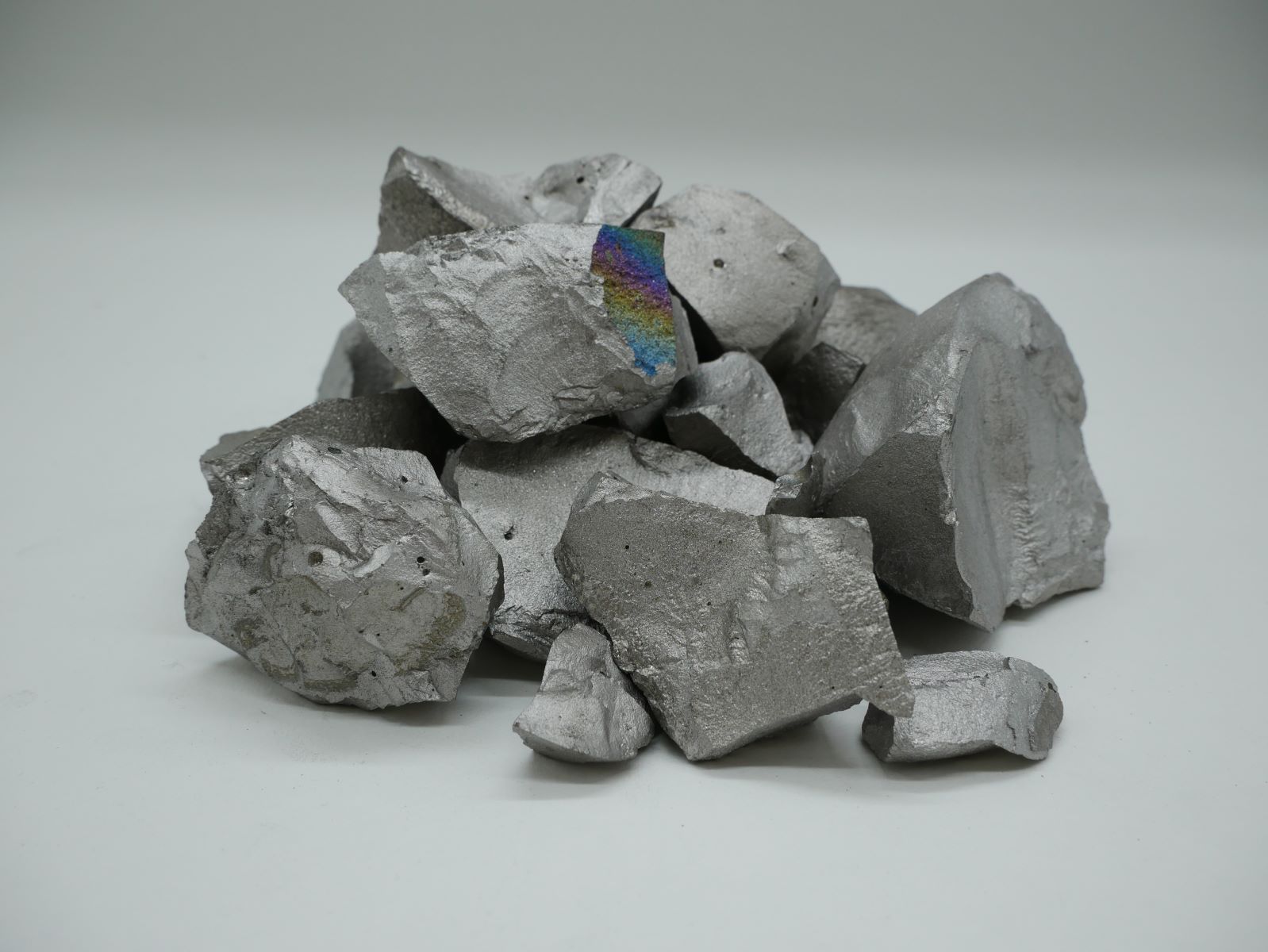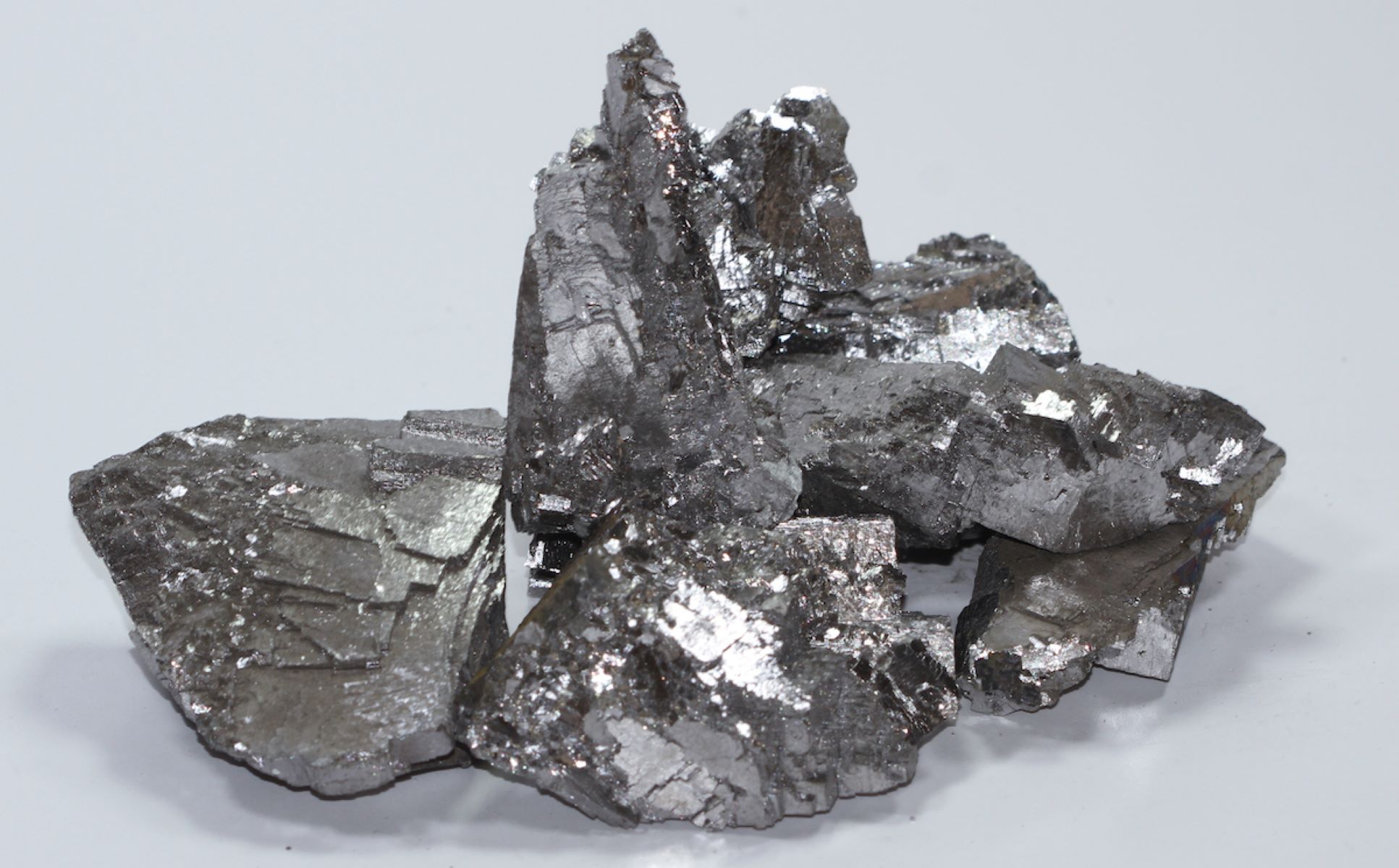
Ferrotitanium is a fascinating alloy combining iron and titanium, widely used in various industries. But what makes it so special? Ferrotitanium enhances the properties of steel, making it stronger, lighter, and more resistant to corrosion. This alloy is crucial in aerospace, automotive, and even sports equipment manufacturing. Imagine a material that can withstand extreme temperatures, resist rust, and still be lightweight. That's ferrotitanium for you! Whether you're a student, a professional, or just curious, understanding this alloy can open up a world of knowledge about modern engineering and materials science. Ready to learn more? Let's dive into 30 intriguing facts about ferrotitanium!
Key Takeaways:
- Ferrotitanium is a strong alloy made from iron and titanium, used in industries like aerospace and construction. It makes steel stronger, lighter, and more resistant to corrosion, benefiting both the environment and manufacturing processes.
- The history of ferrotitanium dates back to the early 20th century and played a crucial role in World War II. Today, it continues to be a key component in producing advanced high-strength steels, contributing to sustainable development and greener future.
What is Ferrotitanium?
Ferrotitanium is an alloy made from iron and titanium. It's used in various industries due to its unique properties. Here are some interesting facts about this fascinating material.
-
Ferrotitanium is primarily used in the steel industry to improve the strength and durability of steel.
-
The alloy typically contains between 10% and 20% titanium, with the remainder being iron.
-
It is produced by melting scrap titanium and iron together in an electric arc furnace.
-
Ferrotitanium helps to remove impurities like sulfur and oxygen from steel, making it purer and stronger.
-
The addition of ferrotitanium to steel can significantly increase its resistance to corrosion.
Historical Background of Ferrotitanium
Understanding the history of ferrotitanium gives insight into its development and applications over time.
-
The alloy was first developed in the early 20th century as a way to utilize scrap titanium.
-
During World War II, ferrotitanium became crucial for producing high-strength steel for military applications.
-
The post-war industrial boom saw a rise in the use of ferrotitanium in various manufacturing processes.
-
Advances in metallurgy have continually improved the quality and efficiency of ferrotitanium production.
-
Today, ferrotitanium is a key component in the production of advanced high-strength steels.
Applications of Ferrotitanium
Ferrotitanium's unique properties make it valuable in many different fields.
-
It is widely used in the aerospace industry for manufacturing lightweight, high-strength components.
-
The automotive industry uses ferrotitanium to produce parts that are both strong and lightweight.
-
In the construction industry, ferrotitanium-reinforced steel is used for building structures that require high durability.
-
The alloy is also used in the production of medical devices due to its biocompatibility.
-
Ferrotitanium is essential in the production of certain types of welding rods and electrodes.
Production Process of Ferrotitanium
The production of ferrotitanium involves several steps to ensure the final product meets industry standards.
-
Scrap titanium and iron are collected and sorted to remove any contaminants.
-
The materials are then melted together in an electric arc furnace at extremely high temperatures.
-
Once melted, the mixture is poured into molds to cool and solidify.
-
The solidified ferrotitanium is then crushed and ground into a fine powder or granules.
-
Quality control tests are conducted to ensure the alloy meets the required specifications.
Benefits of Using Ferrotitanium
Using ferrotitanium in various industries offers numerous advantages.
-
It enhances the mechanical properties of steel, making it stronger and more durable.
-
The alloy improves the weldability of steel, making it easier to work with during manufacturing.
-
Ferrotitanium increases the resistance of steel to high temperatures, making it suitable for use in extreme environments.
-
It helps to reduce the overall weight of steel components, which is crucial in industries like aerospace and automotive.
-
The use of ferrotitanium can lead to cost savings by reducing the need for other expensive alloying elements.
Environmental Impact of Ferrotitanium
Considering the environmental impact of ferrotitanium is important for sustainable development.
-
The production of ferrotitanium from scrap materials helps to reduce waste and promote recycling.
-
Using ferrotitanium in steel production can lower the overall carbon footprint of the manufacturing process.
-
Advances in production technology have made the process more energy-efficient, further reducing its environmental impact.
-
The alloy's ability to improve the durability of steel can lead to longer-lasting products, reducing the need for frequent replacements.
-
Ongoing research aims to develop even more sustainable methods for producing ferrotitanium, ensuring its continued use in a greener future.
Ferrotitanium's Impact on Modern Industry
Ferrotitanium plays a crucial role in today's industries. Its unique properties, like high strength and corrosion resistance, make it indispensable in steel production. This alloy enhances the quality of steel, making it more durable and efficient for various applications.
From aerospace to automotive, ferrotitanium's influence is undeniable. It helps create lighter, stronger materials, contributing to advancements in technology and infrastructure. Its ability to withstand extreme conditions ensures reliability in critical applications.
Understanding ferrotitanium's importance highlights the need for continued research and development. As industries evolve, so will the demand for this remarkable alloy. Staying informed about its benefits and applications can provide a competitive edge in various fields.
Ferrotitanium isn't just a component; it's a game-changer. Its impact on modern industry underscores the significance of innovation and material science in shaping our future.
Frequently Asked Questions
Was this page helpful?
Our commitment to delivering trustworthy and engaging content is at the heart of what we do. Each fact on our site is contributed by real users like you, bringing a wealth of diverse insights and information. To ensure the highest standards of accuracy and reliability, our dedicated editors meticulously review each submission. This process guarantees that the facts we share are not only fascinating but also credible. Trust in our commitment to quality and authenticity as you explore and learn with us.


